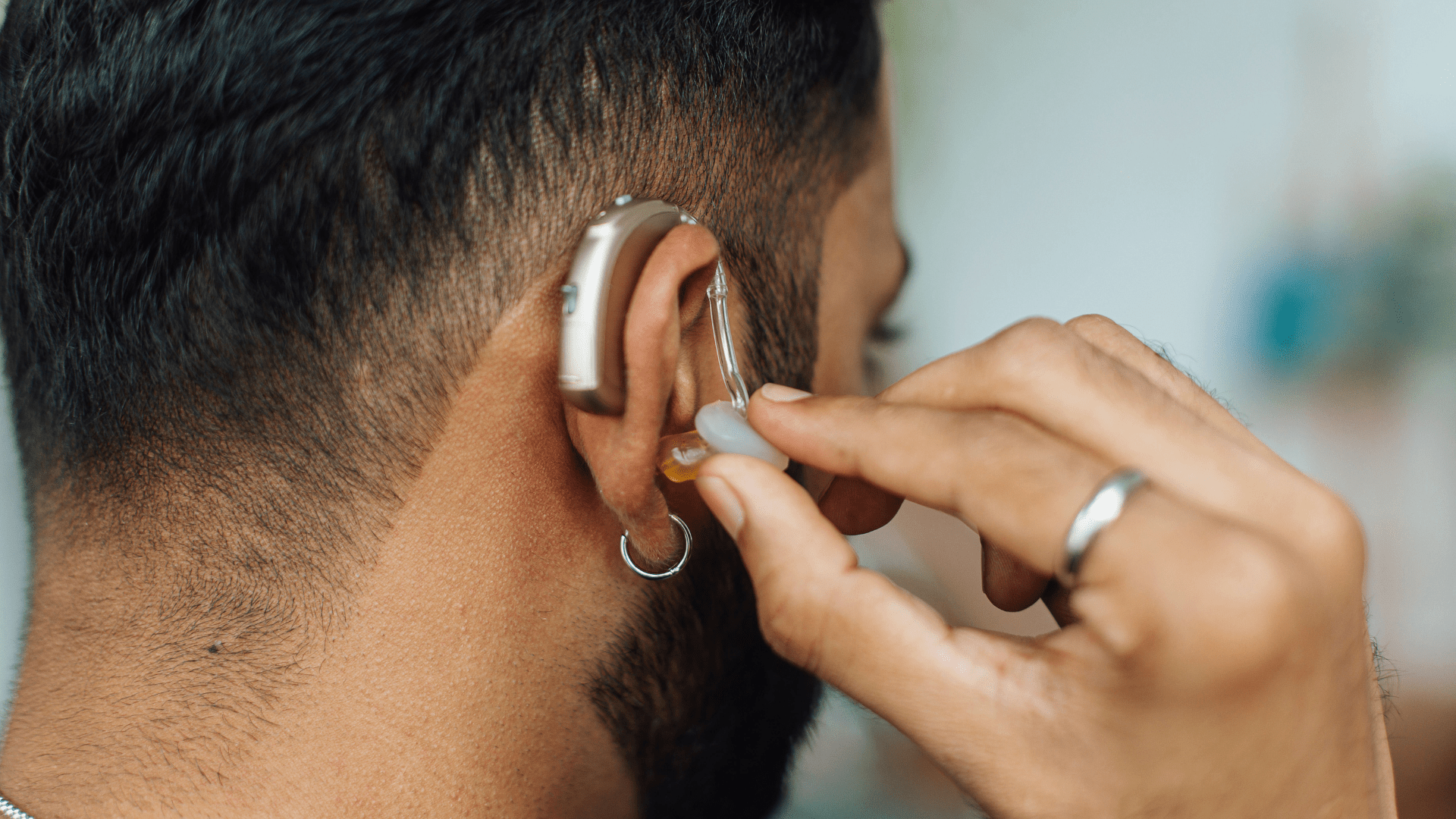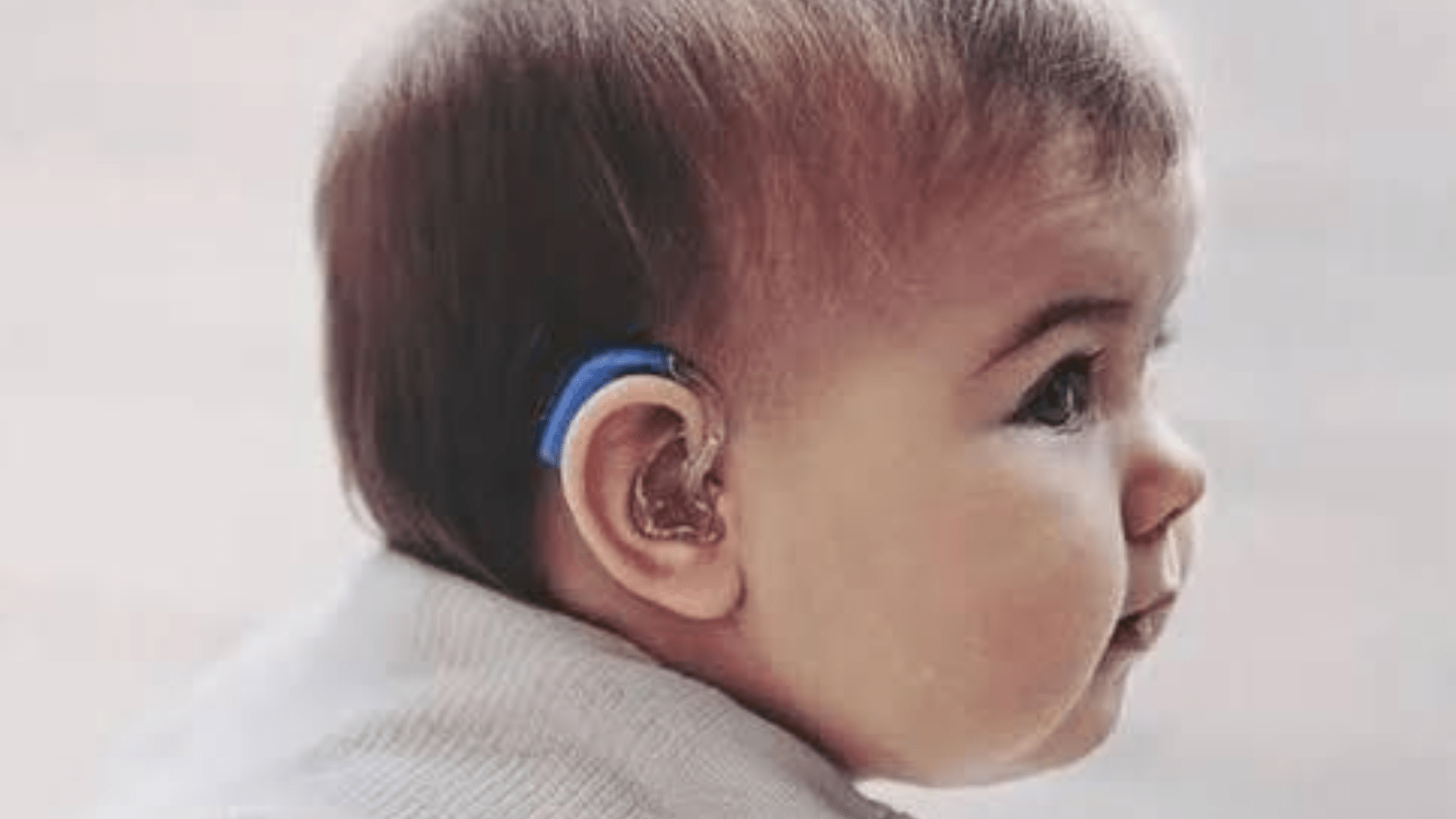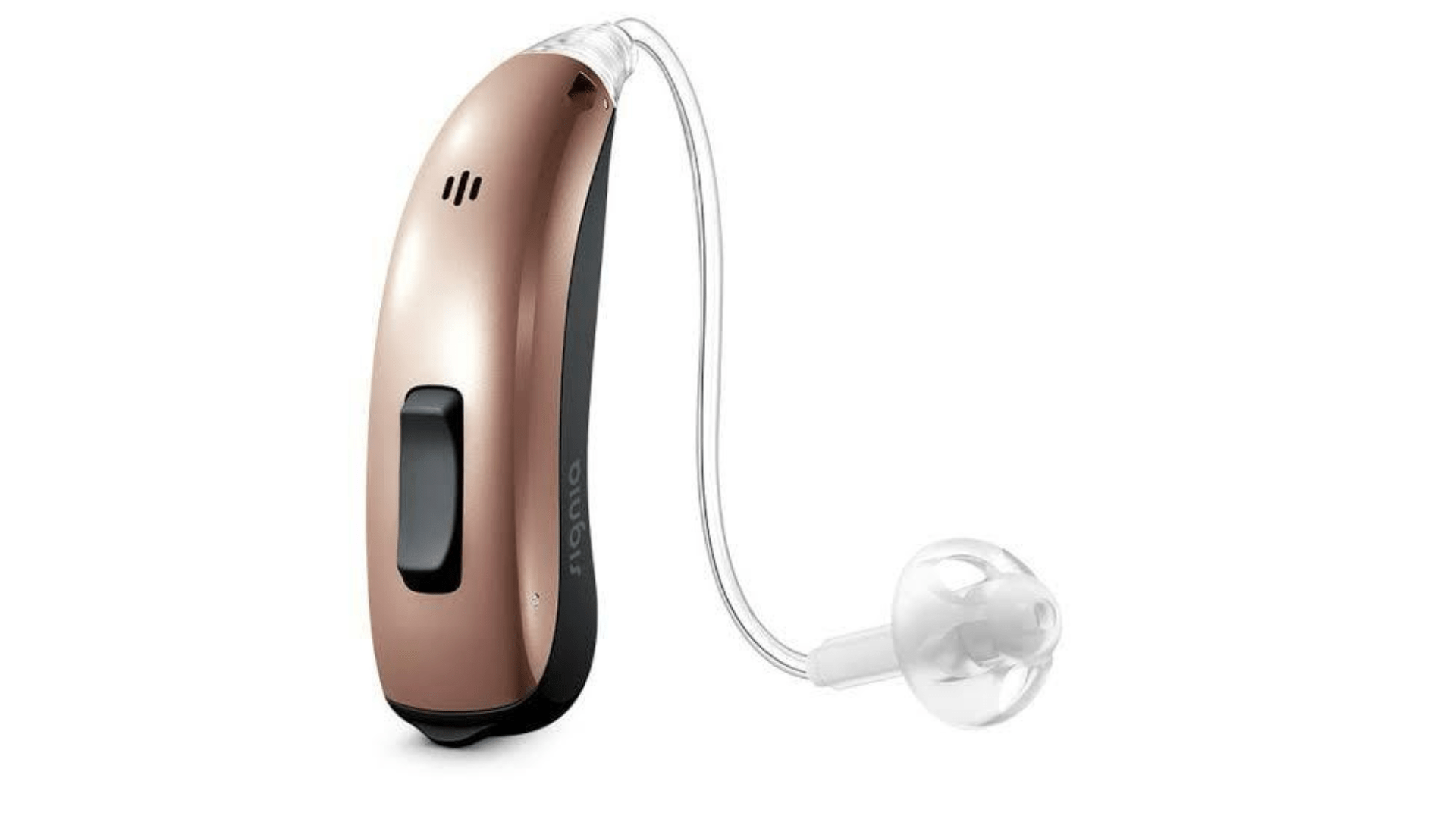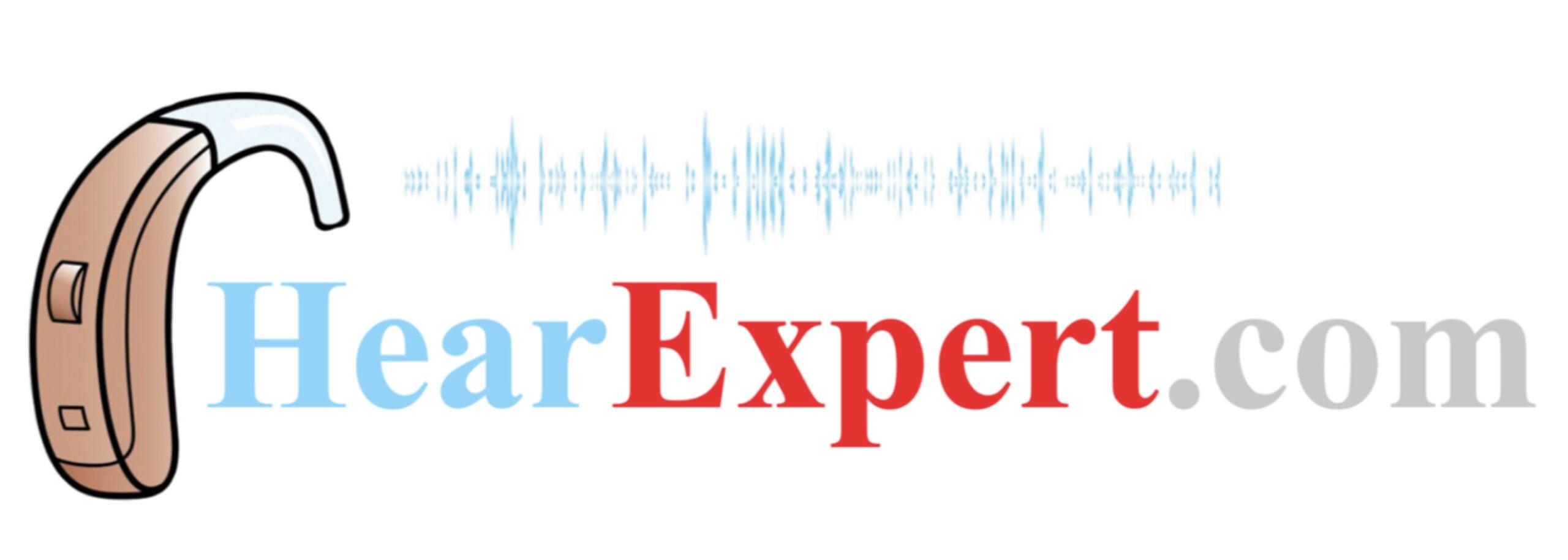When it comes to hearing aids, behind the ear (BTE) models have become increasingly popular for many good reasons. These devices sit comfortably behind your ear with a small tube connecting to an earmold in your ear canal. Let’s explore the many benefits that make BTE hearing aids a top choice for people with hearing loss.

Powerful Perfrmance for All Hearing Levels
One of the biggest advantages of Behind the ear hearing aids is their ability to help people with nearly any degree of hearing loss. Whether you have mild, moderate, severe, or even profound hearing loss, there’s likely a BTE model that can work for you.
These devices contain larger amplifiers and batteries than other styles, allowing them to produce more power when needed. This makes them especially helpful for people with significant hearing challenges who need that extra boost to hear clearly.
The amplification capabilities of BTE aids are truly impressive. They can be programmed to target specific frequencies where hearing loss occurs, providing customized sound enhancement exactly where you need it most. For example, if you struggle to hear high-pitched sounds like birds chirping or children’s voices, your audiologist can adjust your BTE hearing aids to amplify these particular frequencies without overamplifying others.
Easy to Handle and Adjust
Many people appreciate how easy BTE hearing aids are to handle. Their larger size compared to completely-in-canal models means they’re easier to grasp, insert, and remove. This is particularly helpful for older adults or anyone with dexterity issues who might struggle with tiny devices.
The controls on BTE models are also typically larger and more accessible. Volume wheels or buttons are easier to see and adjust, making daily use much more convenient. Many models now even offer smartphone apps that let you control settings without needing to touch the device at all!
This ease of use extends to battery replacement as well. The battery compartments on BTE hearing aids are typically easier to open and close than those on smaller devices. For people with arthritis or limited fine motor skills, this simple feature can make a world of difference in daily independence.
Longer Battery Life
The slightly larger case of BTE hearing aids allows for bigger batteries, which translates to longer use between charges. This means less frequent battery changes or recharging, which can be a real convenience for active people.
For those who choose rechargeable BTE models, many can provide a full day of hearing on a single charge – often 24+ hours of use, even with streaming activities included. Traditional battery-powered versions might last 5-14 days before needing new batteries, depending on usage and battery size.
This extended battery life is particularly valuable for people who live in remote areas, travel frequently, or simply prefer the convenience of less maintenance. It also means you’re less likely to find yourself with a dead hearing aid in the middle of an important conversation or event.
More Features and Technology Options
Thanks to their slightly larger size, BTE hearing aids can pack in more advanced features than smaller models. Manufacturers have more space to include technology like:
- Directional microphones that focus on sounds coming from in front of you, making it easier to understand speech in noisy environments
- Telecoils for better hearing on the phone or in places with hearing loops like theaters and places of worship
- Bluetooth connectivity for streaming audio directly from phones, TVs, and other devices
- Noise reduction systems that make noisy environments more comfortable by filtering out unwanted background sounds
- Multiple programs for different listening situations, such as quiet conversations, noisy restaurants, outdoor activities, or music appreciation
- Wind noise reduction, particularly valuable for outdoor enthusiasts
- Tinnitus masking features that provide relief for people experiencing ringing in the ears
- Artificial intelligence that learns your preferences and automatically adjusts settings based on your environment
Many modern BTE aids are also equipped with rechargeable batteries, water-resistant coatings, and even fall detection in some premium models, which can automatically alert emergency contacts if a fall is detected.
Durability and Reliability
BTE hearing aids tend to be more durable than in-the-ear styles. Their placement behind the ear keeps the sensitive electronics away from earwax and moisture in the ear canal, which are common causes of hearing aid damage.
The main components are housed in the hard plastic case behind your ear, protecting them from many daily hazards. While no hearing aid is completely immune to damage, BTE models typically require fewer repairs and last longer than their smaller counterparts.
This durability translates to fewer visits to the audiologist for repairs and a longer overall lifespan for your investment. Many BTE hearing aids can last 5-7 years with proper care, compared to the 3-5 year average for some in-canal models.
Suitable for Growing Children
For children with hearing loss, BTE hearing aids offer special advantages. As children grow, only the earmold needs to be replaced to accommodate their changing ear size, while the main device remains the same. This makes BTE aids a more cost-effective choice for families.

These devices are also generally sturdier, which is important for active children. Many pediatric BTE models come in bright colors or with fun stickers, helping kids feel more positive about wearing them. Some even have tamper-resistant battery doors to prevent small children from accessing the batteries, which could be a safety hazard.
BTE aids can also more easily connect to FM systems commonly used in educational settings, helping children hear their teachers clearly even in noisy classrooms. This connectivity can significantly improve academic outcomes for children with hearing loss.
Less Feedback and Occlusion
Modern BTE hearing aids are designed to minimize annoying whistling sounds (feedback) that can occur with some hearing devices. The separation between the microphone and speaker helps reduce this problem.
Many users also report less of the “plugged up” feeling (occlusion effect) that can make your own voice sound strange with some hearing aid styles. Open-fit BTE models, which use a very thin tube and tiny dome instead of a full earmold, allow natural sounds to enter your ear alongside amplified sounds, creating a more natural hearing experience.
This reduction in occlusion is particularly beneficial for people with normal low-frequency hearing who primarily need amplification in the higher frequencies. The open fit allows low-frequency sounds to enter the ear naturally while only amplifying the high-frequency sounds that are difficult to hear.
Easier Cleaning and Maintenance
Maintaining BTE hearing aids is generally simpler than with in-the-canal styles. Because the main components sit outside the ear, they don’t come into contact with earwax, which is a common cause of hearing aid problems.
Regular cleaning is straightforward – wiping the outside with a clean, dry cloth and occasionally changing wax guards or cleaning earmolds is usually sufficient. This easier maintenance can extend the life of your hearing aids and reduce repair costs over time.
Most BTE models also come with protective nanocoatings that repel moisture and debris, further enhancing their durability and reducing maintenance needs. This protection is particularly valuable for people who lead active lifestyles or live in humid climates.
Cosmetically Appealing Options
While some people might think BTE hearing aids would be more noticeable than other styles, today’s models are much smaller and sleeker than those from previous generations. Many come in colors that blend with hair or skin tones, making them quite discreet.
For those who prefer to make a statement, BTE aids also come in vibrant colors and stylish designs that can be shown off as a fashion accessory rather than hidden away. This trend toward viewing hearing aids as accessories rather than medical devices has helped reduce the stigma once associated with hearing assistance.
The variety of color options available is truly impressive – from subtle beige, silver, and brown to bold red, blue, purple, and even patterns or two-tone designs. This personalization helps users feel more confident and positive about their hearing devices.
Cost-Effective Solutions
Though prices vary widely based on technology level, BTE hearing aids often provide excellent value. Basic models are typically more affordable than other styles with similar features, making better hearing accessible to more people on tight budgets.
Even at higher price points, the durability and repairability of BTE aids often make them more economical over their lifetime compared to some smaller, more delicate devices. When damage does occur, repairs are often simpler and less expensive than with more intricate in-canal styles.
Many hearing care professionals also note that BTE models tend to have fewer warranty claims than smaller styles, potentially saving users money on repair or replacement costs over time.
Comfortable All-Day Wear
Modern BTE hearing aids are designed with comfort in mind. They’re lightweight and shaped to fit the natural contour of your ear. Many users find they quickly forget they’re even wearing them after an initial adjustment period.

Open-fit BTEs are especially comfortable because they don’t completely fill the ear canal, allowing for natural airflow and reducing the plugged-up sensation some hearing aid wearers dislike. This ventilation also helps prevent moisture buildup in the ear canal, reducing the risk of irritation or infection.
For people who wear glasses, many BTE models are designed to sit comfortably alongside eyeglass temples. Some even feature special designs or slim profiles specifically created to accommodate glasses wearers without causing discomfort or feedback issues.
Also check out our blog, Things To Know About Behind The Ear (BTE) Hearing Aid to know more about Behind-the-ear hearing aids.
Conclusion:
Behind-the-ear hearing aids continue to be popular for good reason – they offer a fantastic balance of performance, features, durability, and value. From young children to seniors, people with all types of hearing loss can benefit from these versatile devices.
While no single hearing aid style is perfect for everyone, BTE models address many common concerns and provide solutions that work well for a wide range of people. If you’re considering hearing aids, discussing BTE options with your hearing care professional could be a great place to start your journey to better hearing.
Remember that the best hearing aid is ultimately the one that meets your specific needs, fits your lifestyle, and helps you stay connected to the world of sound around you. For many people, BTE hearing aids check all these boxes beautifully, making them an excellent choice worth considering.
